Flavor characteristics of Honduras Sweet Orange Manor: introduction to techniques of brewing Honduran Coffee
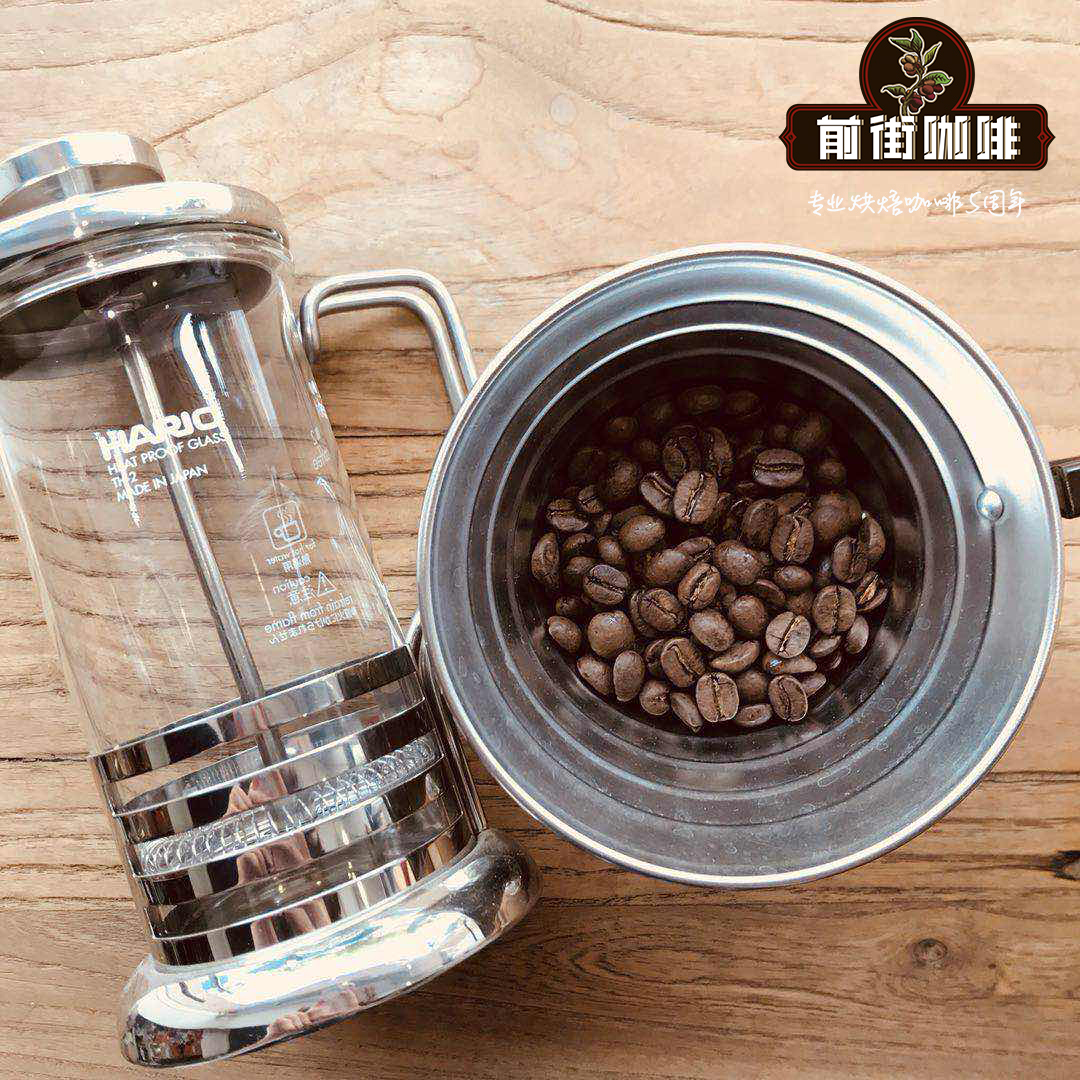
Professional coffee knowledge exchange more coffee bean information please follow the coffee workshop (Wechat official account cafe_style)
Coffee has a variety of flavors. Qianjie thinks that those friends who still have a stereotype of coffee should try it. Coffee is not only bitter coffee, but also shoddy coffee. High-quality coffee has soft acidity, sweet flavor and full taste, which inferior coffee does not have!
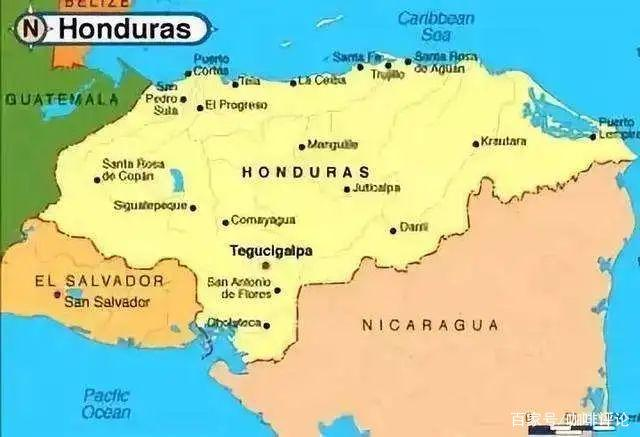
[Honduras Sweet Orange Manor]
Honduras is located in central Central America, bordered by the Caribbean Sea to the north, the Pacific Ocean to the south, Guatemala to the west, El Salvador to the southwest and Nicaragua to the southeast. It covers an area of 112492 square kilometers and the coastline is about 1033 kilometers long. The whole territory, except the coastal plain, is mountainous, with the highest elevation of 3000 meters in the northwest and more than 2400 meters in the south. The main rivers in the territory are the Koko River, the Patuca River and the Wulu River. Rivers from inland mountains crisscross and flow into the two oceans. Many basins and river valleys are formed between the various mountain ranges. The larger basins are the Siria and Rapagu Alai basins, and the main river valleys are the Komayagua and Hamastland River valleys.
The whole country can be divided into four natural geographical areas: the eastern low area, the northern coastal alluvial plain area, the central high area and the Pacific coastal low area. Coastal islands are dotted with the main islands being the Baya Islands and the Tigris Islands in the Gulf of Fonseca. The terrain of Honduras is complex and the climate is diversified. Located in the coastal plain of Central America, it has a tropical rain forest climate, with an average annual temperature of 31 ℃. The mountain belongs to subtropical forest climate, the annual average temperature is 23 ℃, and the rainy season is from June to November.
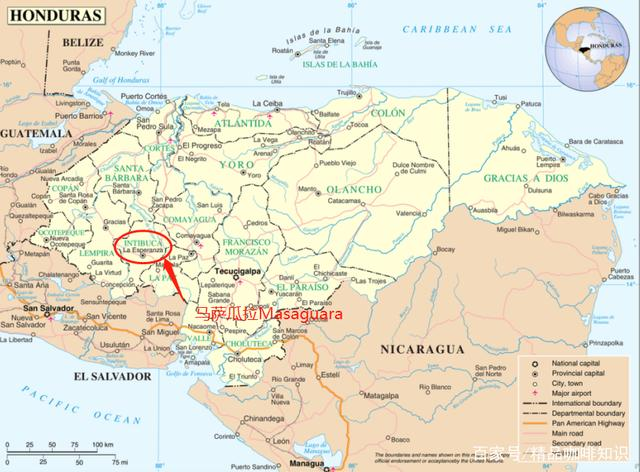
For coffee production, the geographical conditions of Honduras are no less than those of its neighboring coffee-producing countries such as Guatemala and Nicaragua. There are 280000 hectares of coffee plantations in Honduras, mainly small coffee plantations, most of which are less than 3.5ha. These coffee plantations account for 60% of the total coffee production in Honduras. In the coffee garden, because the planting area belongs to the mountain area, people pick coffee beans by hand, and then process them carefully in order to produce better quality coffee beans. Honduras collects 3 million bags of coffee every year and provides you with multi-quality coffee. It has become one of the top ten coffee exporters in the world.
Kaduai is very popular with farmers, with high yield, similar to Kaddura, short plants, suitable for intensive planting, and good resistance to natural disasters, especially wind and rain. It inherits the advantages of Kaddura's low tree stature and changes Mondonwood's shortcomings; another advantage is that the results are solid and are not easy to fall off when the strong wind blows, which makes up for the weakness of Arabica fruit. After its official release in the 1970s, it was extended to Central American countries, widely cultivated in Guatemala, Honduras, Panama, and Brazil of origin. Simply considering the flavor, under the appropriate local conditions and treatment, Kaduai can have a quite wonderful flavor.
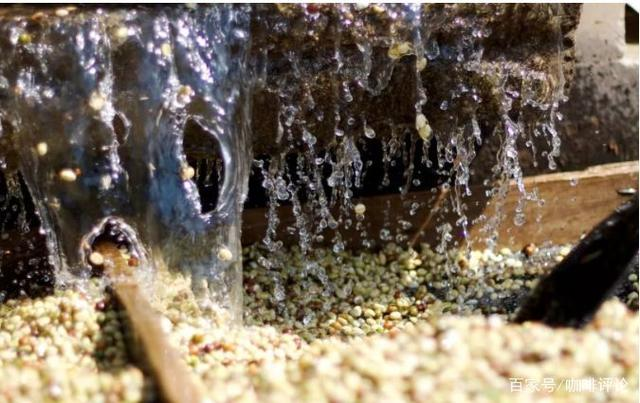
This bean is washed with water.
After picking the coffee beans by hand, pour them into the sink to remove the floating beans, then remove the flesh, put them in the fermentation tank for 16 minutes, remove pectin, wash them after fermentation, and dry them in the sun. The processed coffee tastes clean, with bright and lively acidity, as well as clear fruit flavor and floral aroma.
Take [Qianjie Coffee Honduras Sweet Orange Manor Coffee] as an example
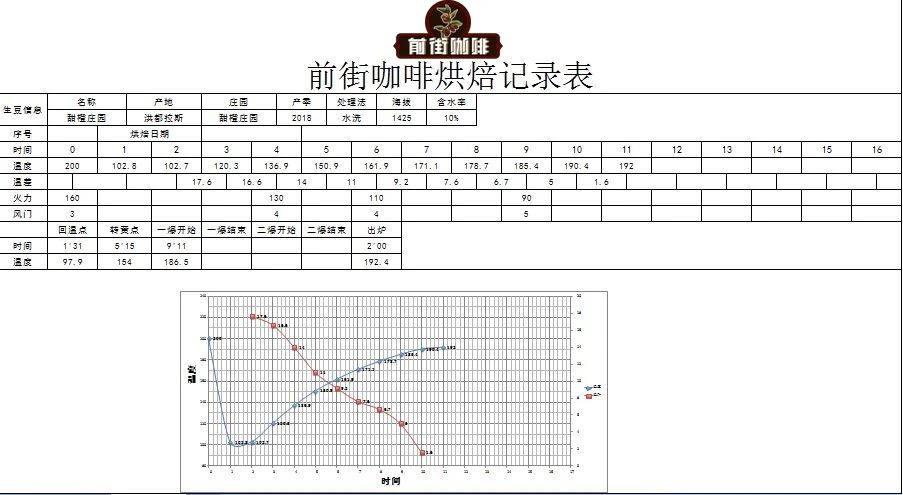
Baking suggestion
The roaster machine comes from Taiwan's Yang Family Pegasus 800N, with an input of 300 grams. The medium baking method is adopted.
Input bean temperature: 200℃
Turning yellow point: 5 years old 39% 15 ", 154 ℃
Flashpoint: 9 percent 39 percent 11 ", 186.5 ℃
The development after one explosion is 2: 00 ", 192.4 ℃ comes out.
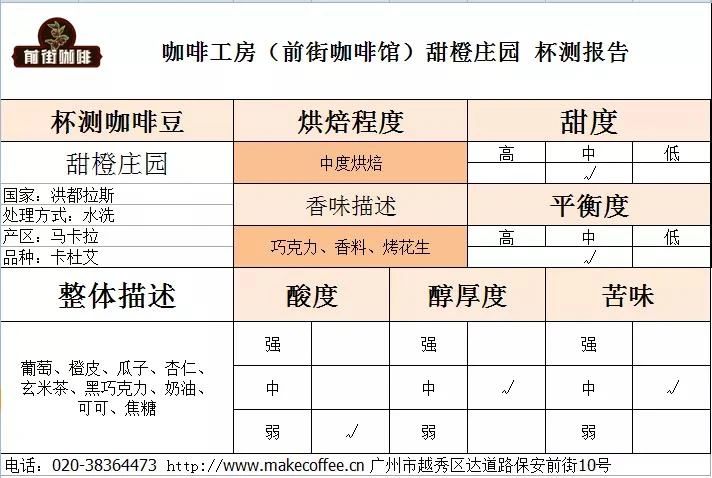
Honduras El Naranjo
Country: Honduras
Producing area: Makala Marcala
Altitude: 1425 m
Variety: Kaduai
Treatment: washing
Flavor: this bean is washed in water with dry aromas of spices and roasted peanuts, giving the beans elegant acidity, soft citrus acid, orange, cantaloupe, cream, nuts, dark chocolate and a sweet finish.
Qianjie coffee is suggested to be brewed.
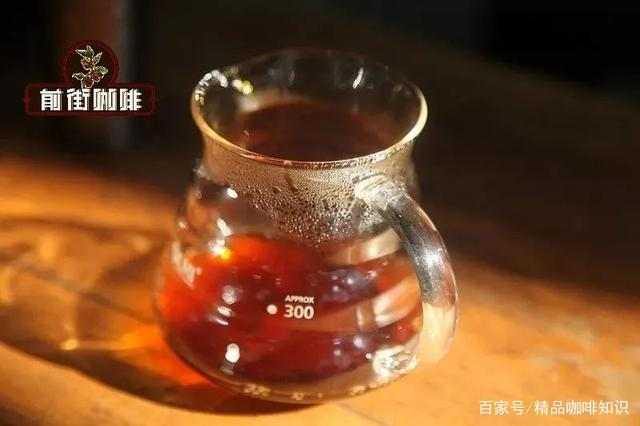
Suggested cooking method: hand flushing
Filter cup: V60
Degree of grinding: 3.5 (Japanese little Fuji R440)
Water temperature: 89 ±1 ℃
Steaming in 30 grams of water for 30 seconds
Section: water injection to 120g cut off, slow water injection to 225g
That is, 30-120-225g
When all the coffee powder stacked in the filter cup can be soaked evenly in hot water (not just constantly repeatedly extract a small part of the coffee powder, to avoid excessive soaking in caffeine countries to produce sour taste, to achieve a full and balanced taste, mellow sweetness and rich taste, the shape of the penetrating water column is probably thick and thin at the top and bottom, that is, the width of the water from the spout should be wide. The shape of the end of the tail segment should be sharp.
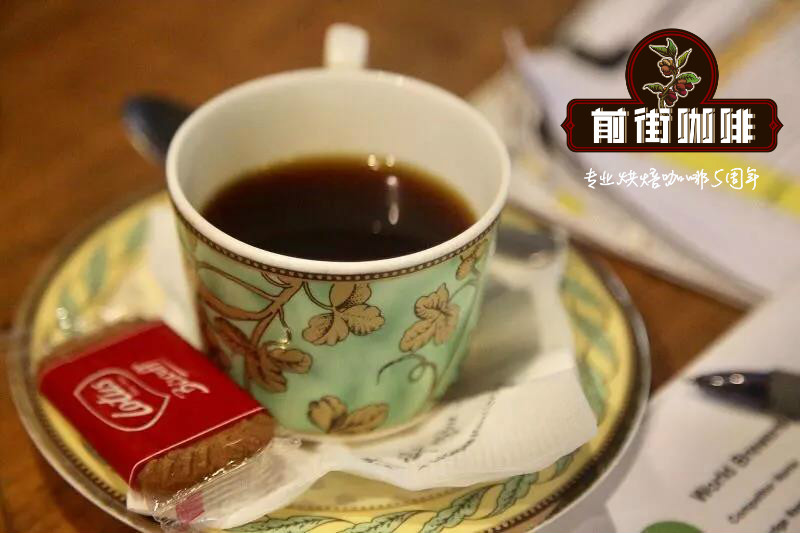
Flavor description
This bean has dry aromas of spices and roasted peanuts, obvious acidity, soft sour berries, orange, cantaloupe, cream, nuts, dark chocolate, and a hint of Xuanmi tea at the end.
Other suggestions for trickling extraction:
Normal pressure, recommended 3.5-4 degree of grinding / water temperature 86-88 °C
Philharmonic pressure, recommended 2.5 grinding degree, water temperature 86-88 °C
The dry aroma has some aromas of spices, roasted peanuts and chocolate, while the wet aroma has a hint of herbs, giving you a distinct taste of orange peel, nuts, cream and a bit like a cup of lemon tea.
Important Notice :
前街咖啡 FrontStreet Coffee has moved to new addredd:
FrontStreet Coffee Address: 315,Donghua East Road,GuangZhou
Tel:020 38364473
- Prev
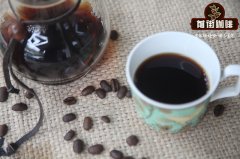
How to use the Philharmonic pressure? What are the characteristics of Philharmonic pressure coffee?
Professional coffee knowledge exchange more coffee bean information please follow the coffee workshop (Wechat official account cafe_style) where does the Philharmonic pressure come from? In 2005, Alan Adler, an engineer, physicist and lecturer at Stanford University, found that he really didn't have the patience to use the troublesome plug-in coffee maker and didn't even want to spend four minutes making coffee by hand.
- Next
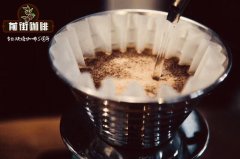
Flavor characteristics of Chateau San Juan, Honduras _ brewing method of Honduran Coffee
Professional coffee knowledge exchange more coffee bean information please follow the coffee workshop (Wechat official account cafe_style) Country country: Honduras Region Origin: San Juan Xido Manor Altitude altitude: 1300 Varietal Variety: Kaduai Process treatment: Washed washing sweetness is very good, especially caramel sweet is obvious, and thick touch and strong
Related
- What is the meaning of lactic acid fermentation with coffee bean treatment?
- How to judge the state of foam by sound?
- How does the latte pull out the unicorn pattern? Come to get for a little trick to improve the flower pull!
- Will flower pulling affect the taste of the latte?
- Do you know the history of coffee?
- The difference between honey treatment and sun washing what is raisin honey treatment?
- What kind of milk can a novice use to make coffee foam to keep the foam longer? The correct method and skills of milking tutorial sharing
- Why do washed coffee beans taste sour? Flavor characteristics of washed Coffee
- Introduction to the skill of how to practice the size and height of water injection around the circle of hand-brewed coffee
- How do beginners practice coffee flower drawing from scratch?

